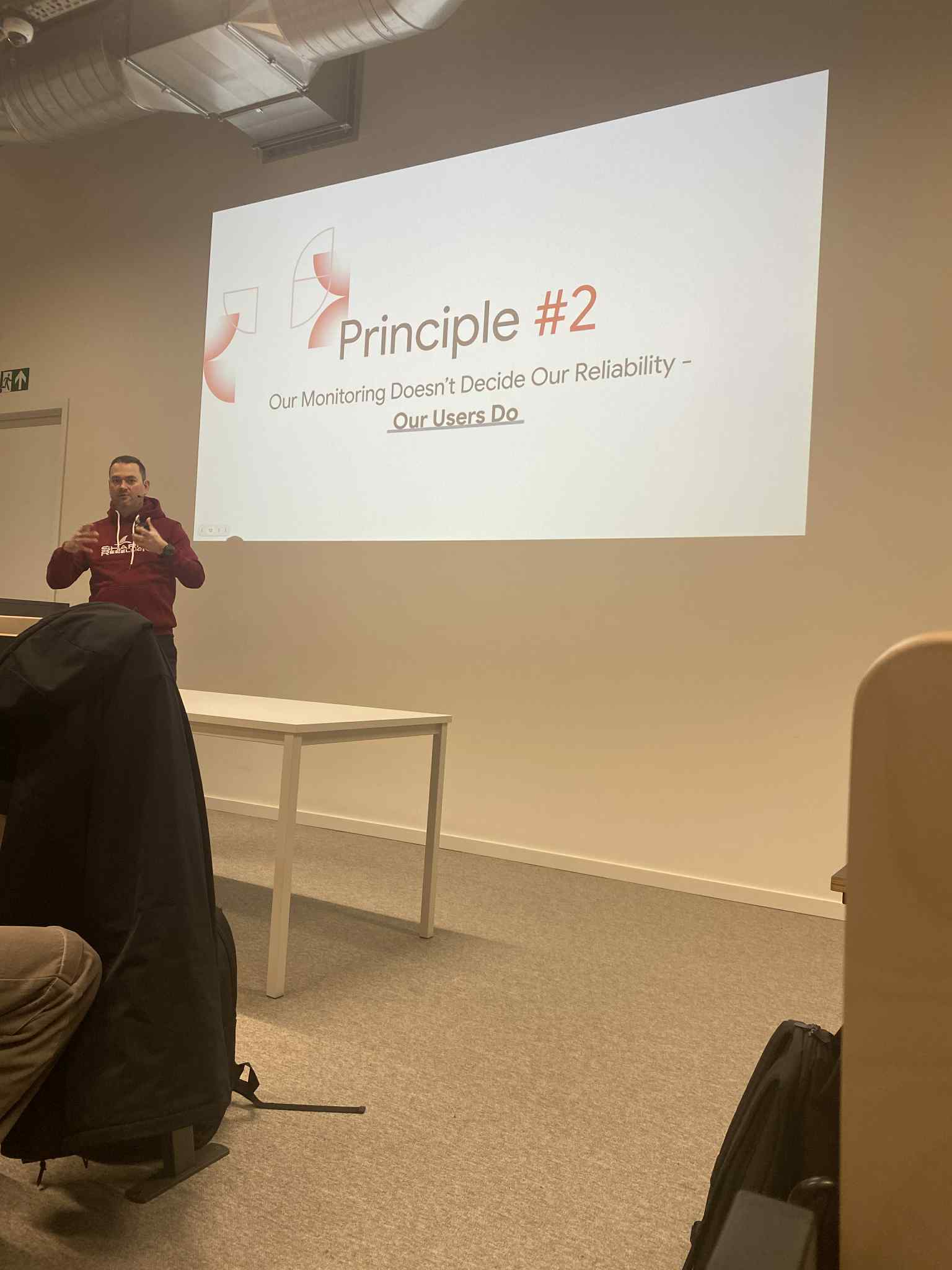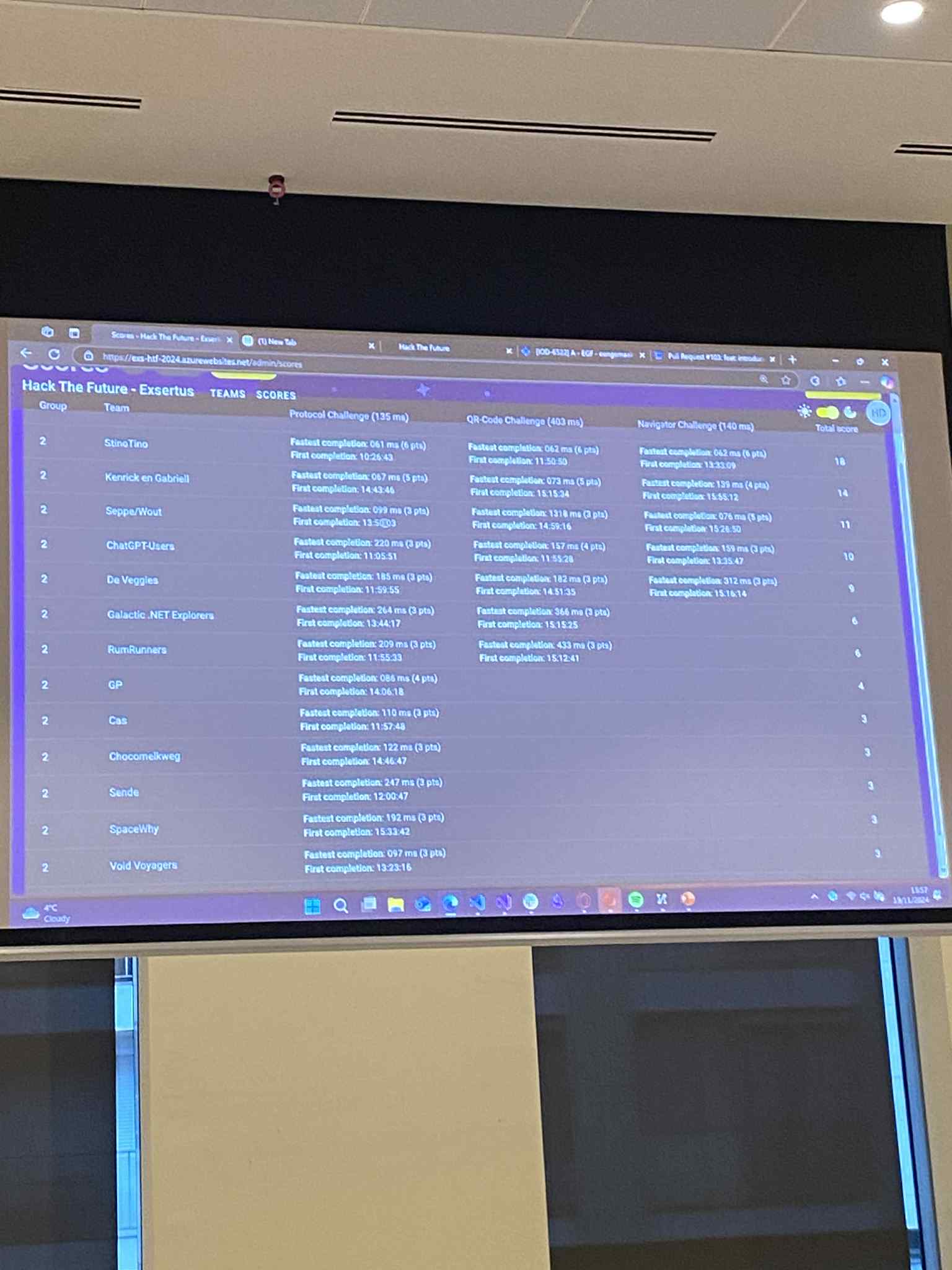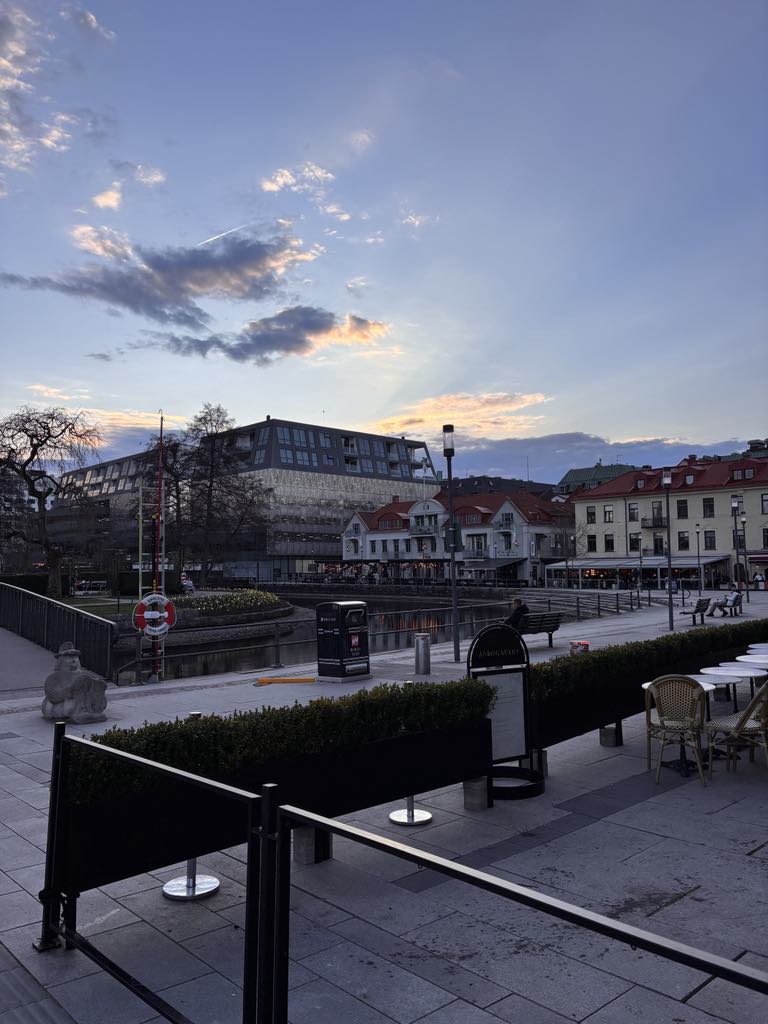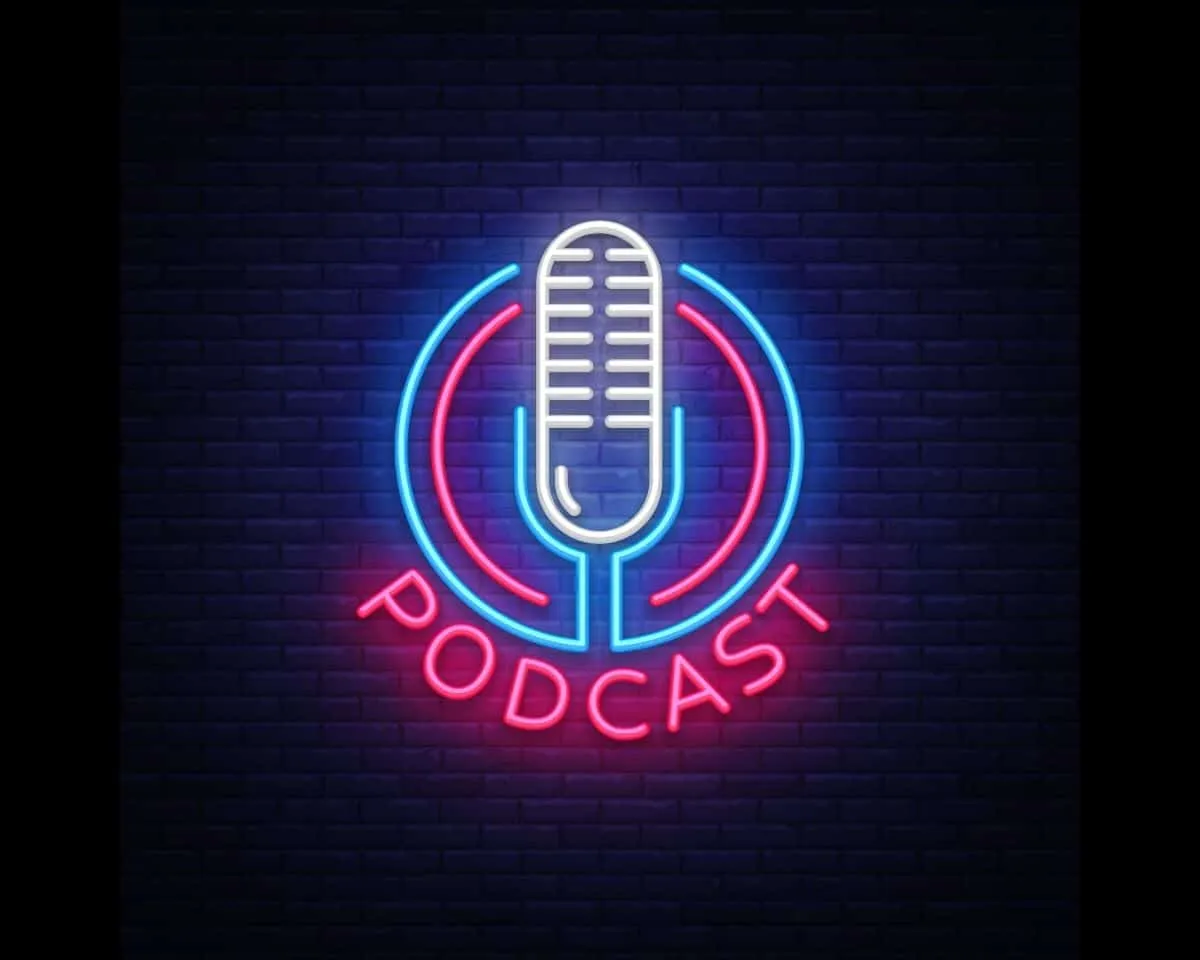Kenrick Gevers
Software Engineer, AI engineer & Data Scientist
Software Engineer, AI engineer & Data Scientist

Hello! I'm Kenrick, a recently graduated AI Engineer and Data Scientist with experience in software engineering based in Belgium. I started my journey in software engineering at a young age.
My passion for technology began early, and I've been honing my programming skills from a young age.
I just completed my bachelor's degree in Applied Computer Science at Howest University of Applied Sciences, where I developed a strong foundation in both software development and data science. Throughout my studies, I've gained hands-on experience through various internships and projects, working as a Software Engineer , Data Scientist , AI Engineer. I'm passionate about creating innovative solutions that combine my technical skills in programming, data analysis, and artificial intelligence to solve real-world problems.

My personal portfolio website built from scratch with modern web technologies. Features a responsive design, custom favicon, and clean dark theme to showcase my projects and experience.

A technical deep-dive into the creation of my portfolio website, from concept to deployment. Exploring the technologies used, development process, and lessons learned. Click "Read More" to see the full development story.
Creating this portfolio website was a learning experience that combined modern web development with deployment best practices. The goal was to build a clean, professional site that effectively showcases my projects and experience.
Technology Stack: I chose vanilla HTML, CSS, and JavaScript over frameworks like React for better performance control. The CSS uses modern features like Grid and Flexbox for responsive layouts, with a dark theme (#0a0a0a) for modern aesthetics and reduced eye strain.
Development & Deployment: Built with a mobile-first approach, the site is hosted on GitHub Pages with a custom domain (kenrickgevers.com) through Namecheap DNS. Git version control ensures smooth deployment - any push to main automatically rebuilds the site. I also created a custom "KG" favicon that matches the design.
Content Management: Currently, adding new posts requires manual HTML editing, taking about 15-20 minutes per post. Future improvements could include a CMS or migration to Jekyll/Gatsby for easier content updates. The site performs well on Google Lighthouse for speed, accessibility, and best practices.

Key insights from attending a Google Site Reliability Engineering lecture on building and maintaining reliable systems at massive scale. Click "Read More" to see the full post.
Recently, I had the incredible opportunity to attend a lecture by Google's Site Reliability Engineering team, where they shared insights into how they maintain some of the world's most critical and high-traffic systems. The lecture provided a fascinating deep dive into the principles and practices that keep services like Google Search, Gmail, and YouTube running smoothly for billions of users worldwide.
One of the key takeaways was the concept of error budgets - a revolutionary approach to balancing reliability with the pace of innovation. Rather than aiming for 100% uptime, Google SREs work with predefined reliability targets (like 99.9% uptime) and use the remaining "error budget" to push new features and updates. This approach ensures that teams can move fast while maintaining acceptable service levels. The lecture also covered the importance of monitoring, alerting, and incident response procedures that help teams quickly identify and resolve issues before they impact users.
What struck me most was how SRE principles can be applied beyond just large-scale systems. The emphasis on automation, measuring everything, and learning from failures are valuable lessons for any engineer working on reliable software systems. The cultural aspects of SRE - including blameless post-mortems and the shared responsibility between development and operations teams - represent a significant shift in how we think about building and maintaining software. This lecture has inspired me to incorporate more SRE practices into my own projects and future career path.

Reflecting on an intense capture the flag competition in Antwerp where teamwork and technical skills led to a 2nd place finish. Click "Read More" to dive deeper.
Last month, I participated in an exciting capture the flag hackathon event in Antwerp that brought together developers and cybersecurity enthusiasts from across Belgium and beyond. The competition involved 20 teams, and my teammate (another student) and I were ready to put our programming skills to the test. The format was a technical challenge-based competition where teams had to solve various programming and security puzzles using JavaScript and .NET technologies.
Working as a duo, we divided our efforts strategically - I focused primarily on the JavaScript challenges while my teammate tackled the .NET components, though we collaborated closely on the more complex problems. The challenges ranged from debugging code snippets and solving algorithmic puzzles to identifying security vulnerabilities and implementing fixes. The time pressure was intense, but having just two people meant we could communicate quickly and make decisions without lengthy discussions. Every solved challenge brought us closer to capturing more flags and climbing the leaderboard.
To our amazement, we finished in 2nd place out of 20 teams! The experience was incredibly rewarding and taught me the value of focused collaboration under pressure. Working with just one other person allowed for clear communication and rapid decision-making, while the diverse technology stack (JavaScript and .NET) pushed both of us to think creatively and leverage our different strengths. The competition reinforced my love for problem-solving and showed me how much can be accomplished when two motivated developers work together efficiently. It was definitely one of the highlights of my academic year.

Developing an innovative composting monitoring app with real-time Arduino sensors during my internship in Borås, Sweden. Click "Read More" to dive deeper.
During my internship in Borås, Sweden, I had the incredible opportunity to work on a cutting-edge project that combined environmental sustainability with IoT technology. Our mission was to develop a comprehensive software application for monitoring composting processes using real-time sensor data. The project involved integrating multiple Arduino-based sensors to track crucial environmental parameters that affect composting efficiency.
The technical setup was fascinating - we used an Arduino microcontroller connected to a breadboard with multiple sensors: NO2 sensors for monitoring nitrogen dioxide levels, CO sensors for carbon monoxide detection, temperature sensors for tracking heat generation during decomposition, and humidity sensors to measure moisture content. Getting all these sensors to work together seamlessly was challenging, especially ensuring accurate calibration and reliable data transmission. We had to write embedded C++ code for the Arduino while simultaneously developing a user-friendly software interface that could visualize the real-time data streams.
What made this project special was seeing how technology could directly impact environmental sustainability. The app we developed provided real-time insights into composting conditions, helping users optimize their composting process for better decomposition rates and reduced waste. Working in Sweden also exposed me to their advanced approach to environmental technology and sustainability practices. The collaborative international environment taught me valuable lessons about cross-cultural teamwork and different approaches to problem-solving. This internship reinforced my passion for developing technology solutions that can make a positive environmental impact.

Co-hosted a podcast episode discussing AI applications in the workplace with Swedish PHD student Prasanna Balasuriya, exploring real-world AI implementation and academic insights. Click "Read More" for the full experience.
Co-hosting this podcast episode with Gabriell Tetaj was an enriching experience exploring practical AI applications in the workplace. Our guest, Prasanna Balasuriya, a Swedish PHD student, shared valuable academic insights that bridge theoretical research with real-world implementation.
Key Topics: We discussed AI integration in various industries, implementation challenges organizations face, and ethical considerations in AI deployment. Prasanna's research perspective on making AI more accessible for everyday business use was particularly insightful.
Learning Outcomes: Co-hosting enhanced my communication skills and deepened my AI knowledge. The experience reinforced the importance of connecting academic research with industry applications, highlighting emerging trends and skills needed in this rapidly evolving field.
I'm always interested in new opportunities and collaborations. Whether you have a project in mind, want to discuss technology, or just want to connect, feel free to reach out!